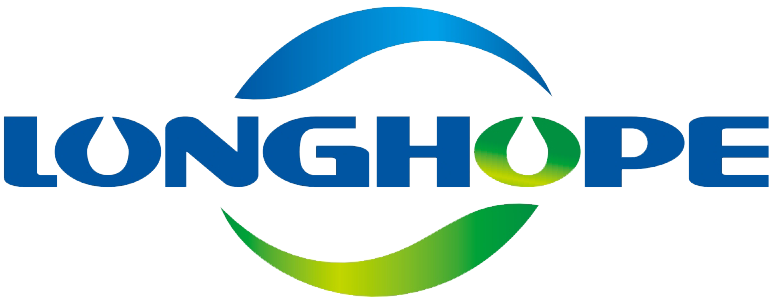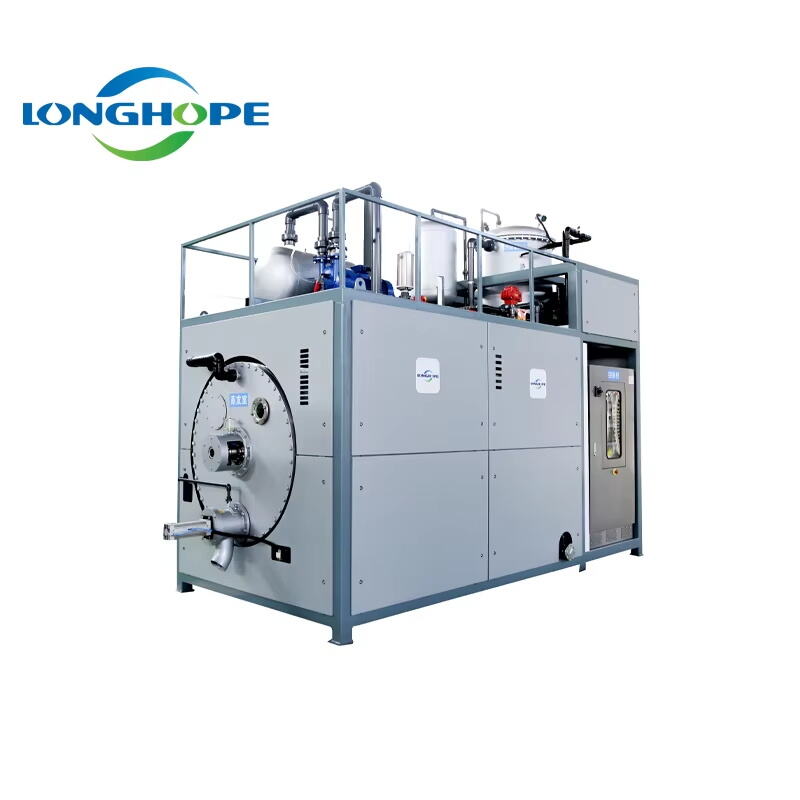Understanding Low Temperature Crystallization Machines
Principles of Low-Temperature Crystallization
Cooling down solutions to get crystals out of them is pretty important across many industries where separating stuff matters. When we drop the temperature, things start coming out of solution because they can't stay dissolved anymore, which makes those beautiful crystal formations happen. From what most chemists know about it, there's definitely some energy stuff going on here as materials change from being all mixed up in liquid form to forming those neat crystal structures. Temperature really plays around with how fast new crystals start growing and how big they become. Generally speaking, colder conditions tend to kick off this whole crystal formation business quite nicely. Getting consistent temps right matters a lot too since that usually means better looking crystals that are also purer. This actually makes a real difference for companies making medicines, chemicals, or even certain food products where crystal quality directly affects whether customers will buy what they're selling.
Key Components and Operational Mechanisms
Low temp crystallization machines consist of multiple parts that work together to get good results. The main parts are cooling systems, actual crystallizers, and smart control panels. Cooling systems are really important because they keep things at just the right temperature needed for proper crystal growth. Without them, the whole process would be unpredictable. Crystallizers themselves help form those crystals properly. Most have built-in ways to manage heat transfer and mixing so everything works smoothly. Modern control units come packed with automation features and sensors that watch over factors like temps, pressures, and timing during operation. This lets manufacturers maintain quality across batches. With all these tech upgrades, factories can count on reliable performance while hitting their target purity standards much faster than before.
Applications in the Chemical Industry
Purification of High-Value Compounds
Cooling down during crystallization plays a key role when purifying medicines and specialty chemicals across the chemical sector. Lowering temperatures helps filter out unwanted substances while making those valuable compounds much cleaner. Some studies show this approach can boost both production yields and quality standards by around 30% compared to older methods. Big name manufacturers have adopted this technique to cut expenses and get better results from their materials. Plus, since it uses less power overall, companies looking to green up their operations find this method particularly attractive as they try to meet modern environmental standards without sacrificing product quality.
Separation of Complex Chemical Mixtures
Low temperature crystallization provides an effective way to separate tricky chemical mixtures that regular techniques struggle with, including things like azeotropes and different crystal forms of substances. Real world tests show it works better in many situations. For instance, when applied to ethanol water mixtures, this approach delivers purer results using far less energy compared to standard distillation processes. What makes this technique valuable is how it improves overall efficiency across production lines, leading to higher quality products without breaking the bank on expenses. While there are definitely some technical challenges related to specialized equipment needed, recent improvements have made these obstacles much easier to overcome. As a result, we're seeing this method gain traction across various industries looking for smarter separation solutions.
Enhancing Process Efficiency with Controlled Cooling
When companies apply controlled cooling methods during low temperature crystallization, they see real gains in how efficiently their production runs in the chemical industry. Some studies show processing times drop by around 25% or more, along with resource consumption cuts that make a big difference for manufacturers. Many plants have started combining these cooling approaches with catalytic reaction systems, which creates even better results than either technique alone. Looking ahead, most experts believe this approach will become standard practice across the sector. Faster turnaround times mean products get to market quicker while also reducing environmental impact. Chemical manufacturers who adopt these strategies early often find themselves with both competitive advantages and lower operating costs compared to those still using traditional methods.
Future Trends and Industry Implications
AI-Driven Process Optimization
Bringing artificial intelligence into crystallization processes is changing how industries work, making things run better while cutting down on waste and keeping operations safer. Smart AI systems excel at handling temperature settings, forecasting what might happen next, and tweaking different factors on the fly to get the most out of each batch. A recent report from the Journal of Industrial Engineering and Management found that using AI in crystal growth tech actually cuts energy usage by around 20 percent or so. Beyond just saving money right away, companies see real gains in workplace safety too, plus faster production times. Looking ahead, as this tech keeps improving, we're seeing it spread to all sorts of fields like drug manufacturing and material development. These advancements aren't just buzzwords anymore but actual tools helping factories become greener and more productive day by day.
Expanding Applications in Biotech and Renewable Energy
Low temperature crystallization techniques are finding their way into exciting new territories beyond traditional applications, particularly in biotech research and renewable energy sectors. For instance, this process plays a vital role in analyzing protein structures which helps scientists develop better medications. Looking at the energy field, manufacturers of batteries and solar panels rely on precise temperature controls during crystallization to get optimal results from their materials. Companies are pouring money into these cutting edge applications because they see real value coming out of them both financially and technologically. With ongoing improvements in how we apply low temp crystallization methods, we can expect major changes in both cost efficiency and environmental benefits across biotechnology labs and green energy production facilities around the world.
Conclusion
Low temp crystallization units have become pretty much essential in today's manufacturing landscape when it comes to getting that extra level of purity and efficiency out of materials. Industries ranging from pharmaceuticals to food processing rely heavily on these systems because they just work better than older methods. Operating at cooler temps means the final product maintains higher quality characteristics while using way less power overall. Companies report seeing their energy bills drop by around 30% after switching to this technology, which makes all the difference in tight budget situations. For manufacturers trying to cut corners without compromising quality, investing in low temperature crystallization equipment often pays off handsomely in both short term savings and long term operational improvements.
To fully harness these benefits, industries should embrace low-temperature crystallization technologies. By doing so, they can improve their sustainability and adaptability, essential qualities in the ever-evolving industrial landscape. The continued adoption of these machines will undoubtedly enhance future industrial capabilities, driving both technological innovation and environmental responsibility forward.
FAQ
What is low-temperature crystallization?
Low-temperature crystallization is a process used to separate and purify substances by cooling a solution to form crystals, improving product purity especially in industries like pharmaceuticals and chemicals.
Why are low temperatures important in crystallization?
Low temperatures reduce solubility and enhance nucleation, leading to better-formed crystals with higher purity, crucial for product quality.
What industries benefit from low-temperature crystallization?
Industries such as pharmaceuticals, chemicals, food, biotech, and renewable energy all benefit from using low-temperature crystallization due to its efficiency in purification and separation processes.
How does AI impact crystallization processes?
AI optimizes crystallization by managing temperature controls, predicting outcomes, and adjusting variables, leading to improved performance and reduced energy consumption.

